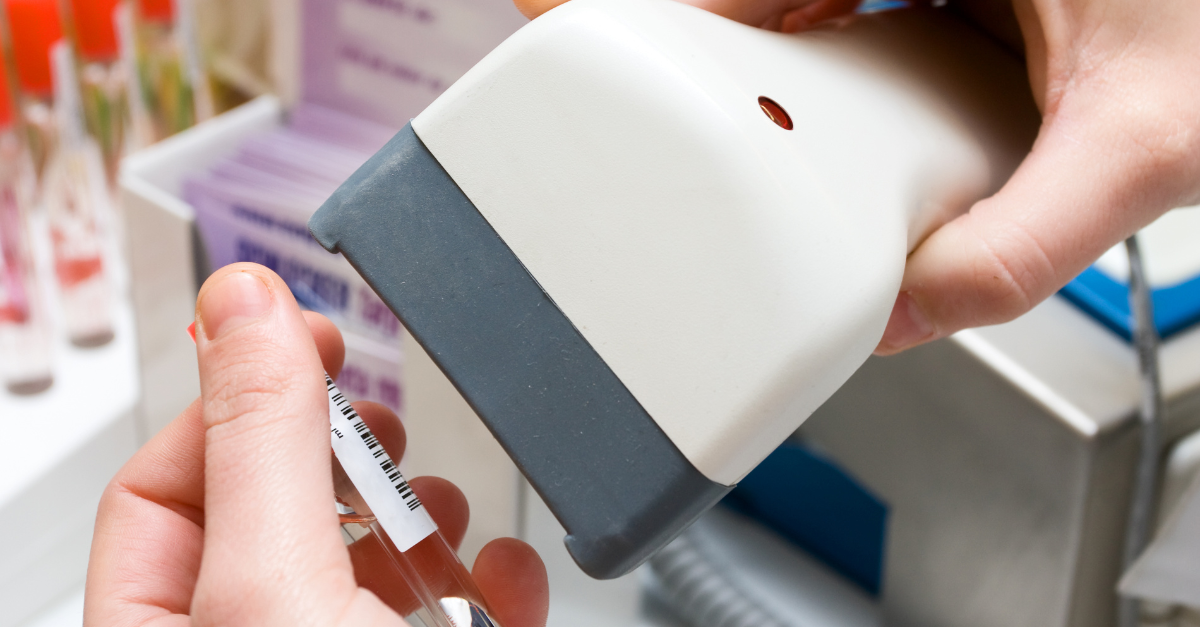Safety is at the heart of any successful health service, but this can only happen with professionals taking action. This is the driving force behind the ‘Scan4Safety‘ programme. This government initiative aims to improve operational efficiency throughout the entire NHS, offering hope for sweeping changes in the UK’s healthcare system. Focusing on building more efficient services not only lowers internal costs; it also results in more time that can go towards identifying unique patient requirements. With that in mind, here is a comprehensive guide to how Scan4Safety could enhance patient safety in the NHS.
What is Scan4Safety?
Scan4Safety is a strategy for making the NHS more efficient for staff and patients by streamlining its current supply chain, freeing up more money to spend on developing care solutions, and giving staff more time to apply these solutions. The first Scan4Safety test began in 2016; six trusts implemented Scan4Safety processes over two years, and this resulted in several clear benefits across different departments, especially in the context of safety. The more time professionals can give to patients, the sooner they can address conditions and complete appointments, allowing them to see more patients overall and accommodate their needs much more quickly.
How Scan4Safety improves patient safety
Scan4Safety primarily involves supply chain management – which has a greater impact on patient safety than many realise. If your local NHS trust is struggling to supply specific medications in its pharmacy or is subject to frequent human errors, patients must wait for longer to receive their treatment. Staff also need to spend time remedying these preventable problems, which takes time away from other patients. Addressing the rate of error and otherwise streamlining the NHS supply chain has numerous benefits, specifically by lowering the amount of time which patients spend without the correct medication at their disposal.
Scan4Safety case studies
One key example of this is the Royal Cornwall Hospitals NHS Trust. On the Scan4Safety pilot programme, the trust implemented scanning procedures to enhance its drug dispensing service. The ward’s medication requests now contain barcodes that pharmacists scan, providing them with detailed information on each patient. Without needing to rekey this data, there’s a considerable reduction in the possibility of human error. By the programme’s own estimations, this process lowered the rate of error by 76%. This effectively eradicated all mistakes pertaining to medical dispensing, with 97% of staff across this trust agreeing that scanning resulted in a significant improvement.
The North Tees and Hartlepool Hospital NHS Trust is another notable case study. They worked to lower instances of ‘Never Events’, which are serious incidents that are entirely preventable – hundreds of which still occur each year. 189 out of 445 such events in 2015/2016 involved ‘wrong site surgery’, where a surgeon mistakenly operates on an incorrect part of the body; misplaced nutrition tubes were yet another frequent yet preventable issue. Scan4Safety enabled the trust to easily check the positioning of this tube while also providing a framework for scanning surgical tools, ensuring that each and every procedure is correct and effectively preventing Never Events.
The importance of optimisation
These processes can only succeed if the trust has sufficient resources; which means a focus on optimisation at every turn is especially helpful. Reducing the number of preventable errors saves the NHS money it would otherwise spend on rectifying or compensating for these mistakes, and helps patients gain a higher standard of treatment. For example, if a patient receives incorrect medication, it will take more time to receive the correct treatment, and they may even have an adverse reaction to the medication. NHS trusts throughout the UK have a significant backlog – streamlining the supply chain could reduce pressure on both GPs and hospitals.
It’s vital that healthcare professionals work to ensure patients under their care receive adequate help as soon as possible. Salisbury NHS Foundation Trust and University Hospitals of Derby and Burton NHS Foundation Trust, in particular, used Scan4Safety to improve the quality of their patient observations. They implemented barcode scanning to streamline the process, helping professionals instantly understand the current status of their patients while checking their automatic vital signs. This reduces observation time by 35% – one minute and 49 seconds on average – allowing nurses to assess more patients.
Scan4Safety is an innovative approach to healthcare, similar to ELCOM’s own Hospital Inventory Management solution. Evaluating current stock levels regularly can benefit any industry, but the effects are particularly prominent in the health sector. Streamlining typical processes allows NHS professionals to offer a higher standard of care, with a much lower chance of error. Stream4Safety is one method of implementation and could have significant implications for the future of the NHS. This approach can help any trust build a coherent strategy that puts patients first, whilst also reducing the stress that nurses and other medical professionals often contend with.

